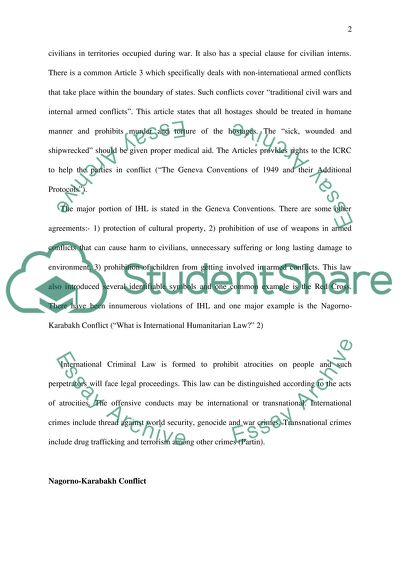Cite this document
(“Nagorno Karabakh Conflict - Law and War Essay Example | Topics and Well Written Essays - 2500 words”, n.d.)
Retrieved from https://studentshare.org/law/1394984-nagorno-karabakh-conflict-law-and-war
Retrieved from https://studentshare.org/law/1394984-nagorno-karabakh-conflict-law-and-war
(Nagorno Karabakh Conflict - Law and War Essay Example | Topics and Well Written Essays - 2500 Words)
https://studentshare.org/law/1394984-nagorno-karabakh-conflict-law-and-war.
https://studentshare.org/law/1394984-nagorno-karabakh-conflict-law-and-war.
“Nagorno Karabakh Conflict - Law and War Essay Example | Topics and Well Written Essays - 2500 Words”, n.d. https://studentshare.org/law/1394984-nagorno-karabakh-conflict-law-and-war.


